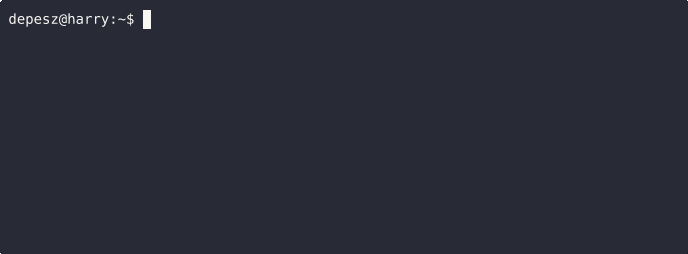Recently(ish) I had a conversation on one of PostgreSQL support chats (IRC, Slack, or Discord) about efficient storage of JSON data, which compression to use, which datatype.
Unrelated to this, some people (at least two over the last year or so) said that they aren't sure if PostgreSQL doesn't optimize storage between columns, for example, storing attribute names once per column, and not once per value.
Decided to investigate…
Continue reading Using JSON: json vs. jsonb, pglz vs. lz4, key optimization, parsing speed?
